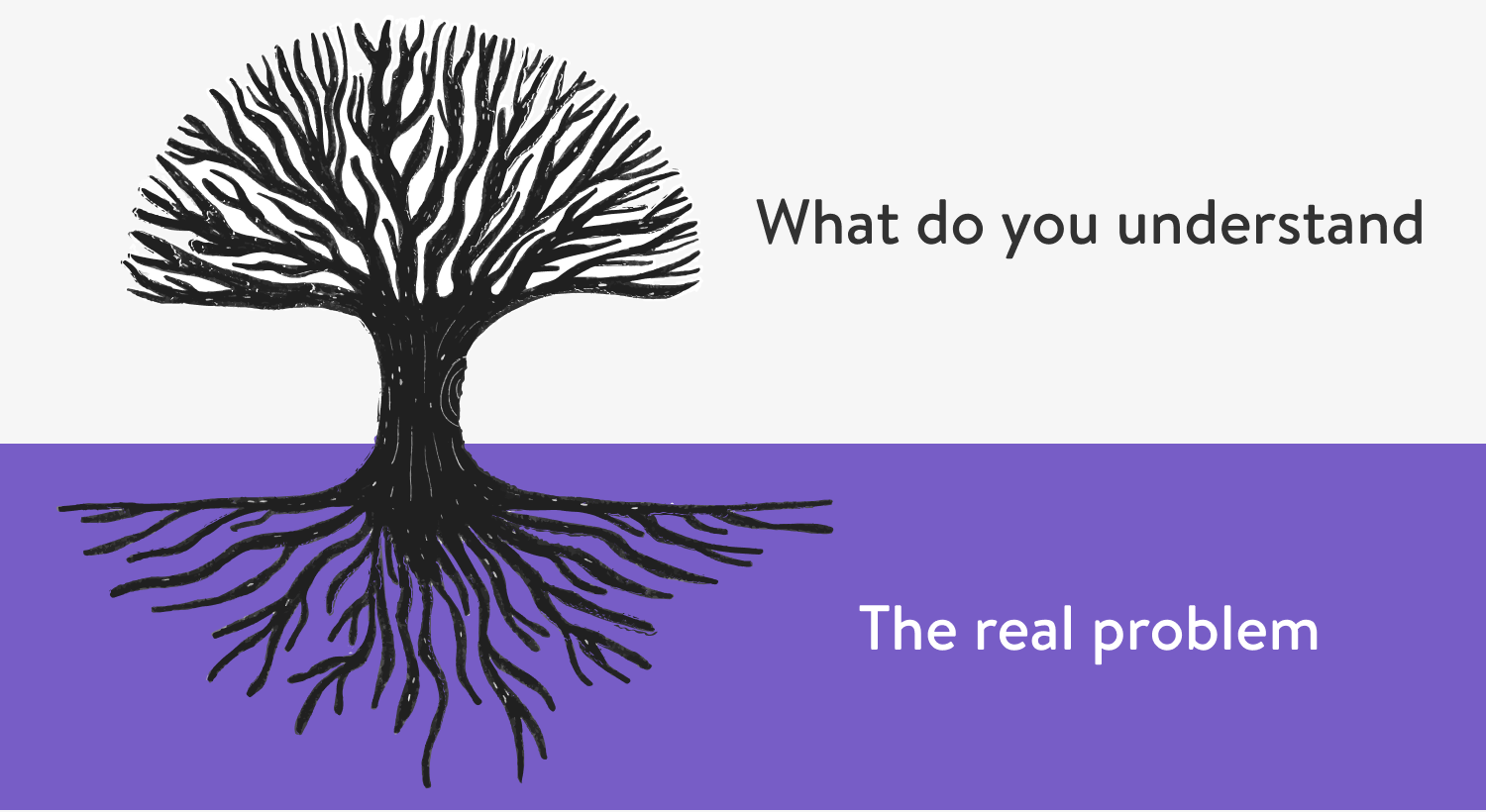
Misunderstanding is inevitable in the course of communication, especially when people are from different cultures or mediums.
There is a model in translation that is called “encoding and decoding model of communication”. In Basic terms, humans communicate through a process of encoding and decoding. The encoder is the person who develops and sends the message.
Encoding is the process of turning thoughts into communication. Decoding is the process of turning communication into thoughts.

A semiotic gap always occurs during this process. It happens in any act of communication, not only translation.
Every and each person has a unique perspective. The culture we’d grown in, family values that were passed to us, expertise in the sphere that we were learning for years, coworkers, society, books... Everything that we've dealt with had a tremendous impact on our lives. It is what makes us unique.
And every person makes its own surroundings with people with the same or similar outlook. Why? Just because he or she feels comfortable among those people, in the comfort zone. But there are so many people that live absolutely different lives. Here comes the gap!
But that’s just the tip of the iceberg
Sometimes, misunderstandings happen even when you have spent a lot of time on communication. So what is the issue?
Well, It is essential to distinguish the person's desires from his needs. Sometimes when we say something doesn't necessarily correspond with what we need. Yes, it sounds crazy. Let me give you an example.
And if you want to find out what a stakeholder (or any person) needs I would advise you to start with the research. Background research is very crucial. As simple as that may seem, this is the part where many researchers come up short.
A lot of people neglect this step justifying it as additional wasted time. In fact, by doing quality research you may save tones of time.
“A problem well stated is a problem half solved.”— Charles Kettering
Extract as much useful information from any possible source as you can and create a list of questions.
Sometimes, you would think you know the answers but hold your horses, it may seem absolutely logical to you but is it really logical to people who are going to use it? Well, that's a brilliant part. You might guess. You should guess! We live in a wonderful time full of information, which is easily available. Yes, the information might be wrong or falsified (check The Great Hack or Social Dilemma documentary films), but with thorough research, you can find as much information about your target audience as you have time for. Finally, you can find out if it's true.
We do like to talk about empathy in the design community. It's an essential part of understanding the needs of your users. but empathy should be used while communicating with the clients as well.
Try to concentrate on the way of thinking rather than words itself. For instance, when you try to learn a foreign language, thus you try very hard to compare it to your mother tongue in all aspects, but not taking into account that people who are using it live in different cultures, have different behavior norms, perhaps even their understanding of the world differs from yours significantly. You might give up and fail in understanding it correctly, hence it’s always better to perceive a new language like a new experience, distancing yourself from what you already know and stay open to something unknown.
At last, misunderstandings can be reduced with the well-developed flow of clear and accountable communications. We call it “ shared understanding”.
Take notes when communicating with team members, the management, or other stakeholders. Don’t solely rely on your memory as it often fails, so it is better to be safe than sorry.
As a matter of fact,
“People ignore design that ignore people.”— Charles Kettering
